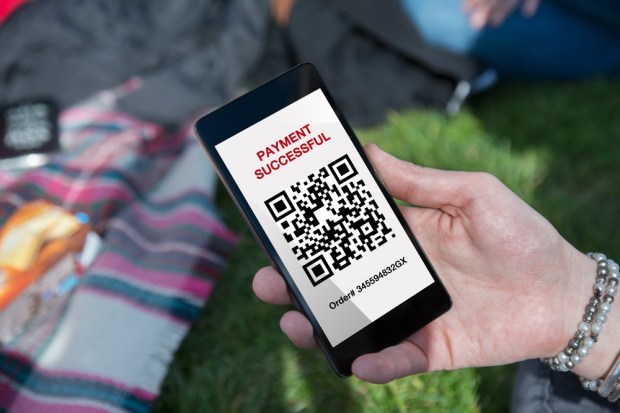POM: QR Codes May Ease Late Payments Threat

Businesses struggling with late invoice payments may feel the problem is beyond their control. But some service providers are encouraging firms to take a proactive approach to accounts payable in an effort to ensure their invoices are paid in a timely manner.
POM Co-founder and CEO Johannes Vermeire recently spoke with PYMNTS about some of those strategies. The company, based in Belgium, provides a mobile invoice payment solution to enable consumers and micro-businesses to more easily pay their invoices. While targeting the customer directly is one way to tackle the issue of late payments, Vermeire explained that businesses can embrace technologies like mobile payment acceptance and digital invoicing to ensure they’re paid more quickly.
The QR code is one technology that could be particularly beneficial in addressing late payments friction. According to Vermeire, generic QR codes ensure that end customers can scan the code on an invoice and pay using the rail of their choice, a critical feature for companies that are still sending out paper invoices.
QR codes, he said, are “a means to convert paper to electronic receivers.”
While consumers may be able to easily use QR codes, professional and business payers may not embrace the technology so easily.
Yet some analysts say QR codes may have an opportunity in B2B payments. The codes are already present in some B2B scenarios – for example, as a way for business customers to easily place digital orders or to manage warehouse inventory.
In a recent blog post by WEX, QR codes were labeled “safer than a credit card,” with “unmatched speed” with which data can be read. According to WEX, QR codes support accounts receivable digitization and enable automated initiation of ACH or card payments. For vendors, that means getting paid faster – that is, if business customers will adopt QR codes in the accounts payable department.
